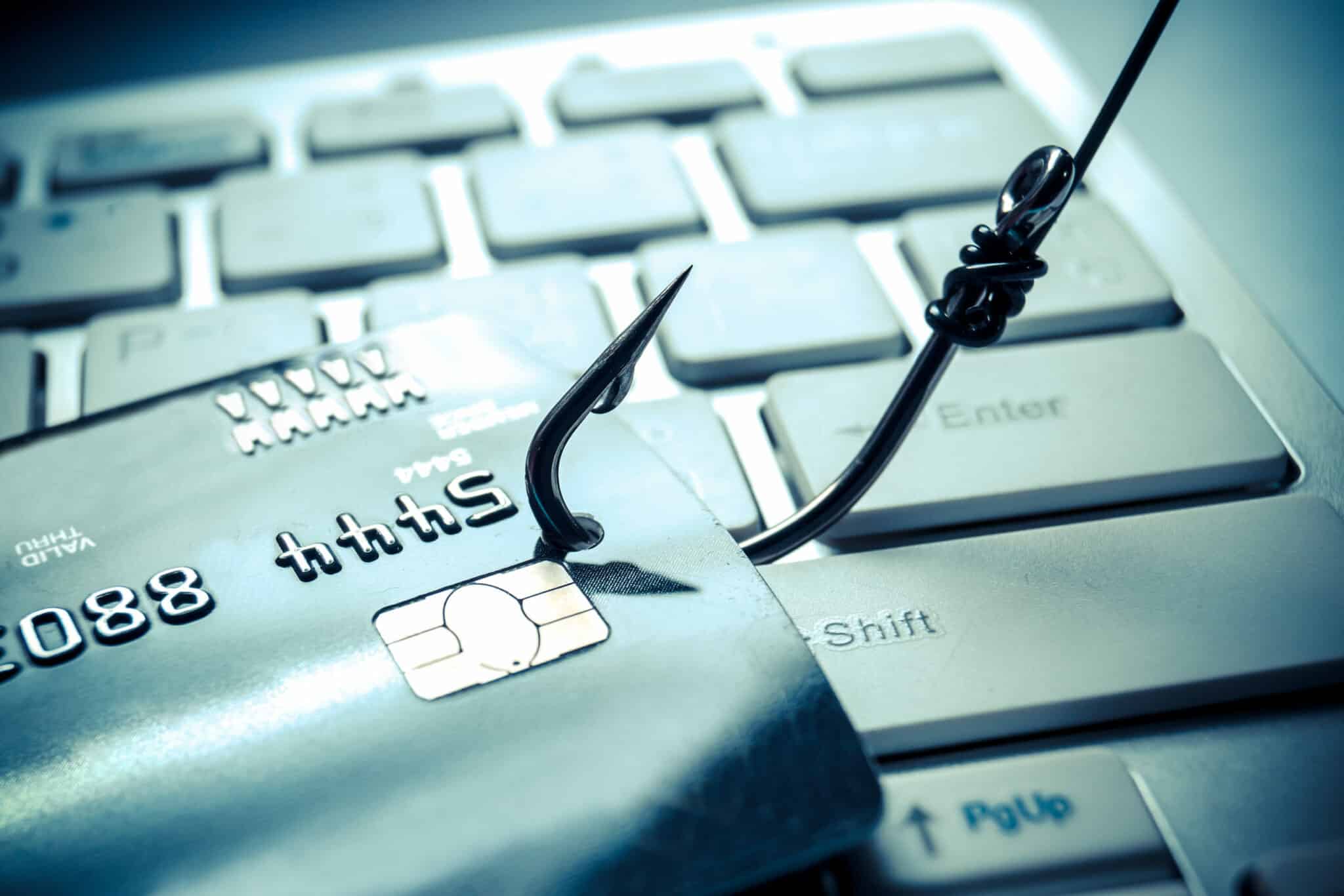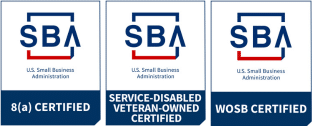Within the past year and a half, the landscape of work has changed drastically. With the pandemic the ability to work from home has skyrocketed, and so have security risks. The FBI’s 2020 Internet Crime Report disclosed that over $4.2 billion dollars were lost over the past year due to internet crime alone. The top contender was phishing.
Phishing is defined as a phenomenon where a scammer impersonates a trusted company/source to access sensitive or personal information such as social security numbers, credit card numbers, and passwords, etc.
Here are the red flags that you received a phishing email:
- They use a generic term to address you.
- Such as: “Dear valued customer” or “Dear account holder.” This is automatically a red flag because said companies would address you by name.
- The email they’re sending from is not a domain name.
- When you receive a suspicious email, check who sent it. If they’re impersonating a company, the domain name and sender won’t match up. However, this is not full proof method as some companies may use unique email domains to send emails.
- The email has poor spelling and grammar.
- Companies know how to spell. This red flag is among the most common in phishing emails. If it doesn’t sound right, delete it from your inbox.
- They are requesting sensitive information over email, and they’re including unsolicited attachments.
- Actual companies don’t request sensitive information over email. Especially, including unsolicited attachments. If the email seems legit and you’re unsure, contact the company through an email that you got from the company’s website.
Now that you know how to identify a phishing email, how do you protect yourself?
- Multi-factor authentication
- This is the most common way to protect yourself from scams. Even if a scammer accesses a password or a username, they won’t be able to get very far. Whether it’s through using your phone, authentication app, or a fingerprint this is a crucial way to protect yourself.
- Using security software
- Set up the software to update automatically on your computer. Set up your phone to update automatically as well. Installing these measures will keep your devices protected.
- Back up your data
- Backing up your data to the cloud is the safest way to ensure your files are protected. Make sure when you’re backing your data up it’s not connected to your home network.
This concludes your crash course in protecting yourself from phishing. If you have any more questions the FTC– also provides guidelines and helpful tips to protect and identify phishing emails. Stay safe out there!

